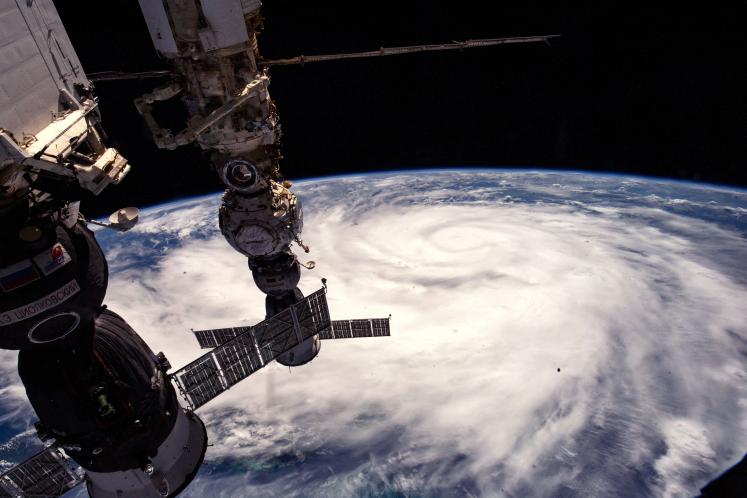The future of our orbit is at risk from accumulating debris in space found the Interconnected Disaster Risks (IDR) report 2023. The report on risk tipping points launched with a splash in October and is still making an impact today. This time for its case study on space debris.
Meeting in Vienna, Austria this week is the Committee on the Peaceful Uses of Outer Space (COPUOS). Established in 1959 during the Space Race, this committee is crucial for international cooperation in space, overseeing UN treaties such as the landmark Outer Space Treaty.
In Vienna, COPUOS released a new special report which takes up the issue of space debris and features Interconnected Disaster Risks research with a concluding section on the space debris risk tipping point.
“The issue of space debris is more critical than one might think,” says Caitlyn Eberle, IDR Lead Author. “Though the impacts may occur thousands of kilometres above us, it is not a distant issue, since the impacts will be felt by everyone.”
At the centre of the issue is that humans have launched so many objects into space, often without a plan to bring them down, that once a certain density of objects is reached, one collision could initiate a chain reaction of collisions. Millions of pieces of debris, ranging from the size of a vehicle to an earring, would be left in the wake of such a crash, rendering space — particularly Low-Earth Orbit (LEO) — unusable.
Even worse, Earth could be left without its eyes in the sky as the space-based infrastructure we rely on is down.
“Our space infrastructure is vast and consists of thousands of satellites carrying out a various functions such as GPS, Earth monitoring, early warning systems and even internet connectivity,” says Eberle. A satellite collision with space debris could leave some people without communication networks and cripple our ability to respond to disasters.
Technology to remove debris is in development, but not nearly far enough for use. Though technology could provide a ray of hope to avoid this risk tipping point, it should not be looked at as the singular solution.
“Space is a part of our environment, and we shouldn’t treat it as a junkyard for defunct satellites,” says IDR Lead Author and UNU-EHS Deputy Director, Zita Sebesvari. “Cleaning up our orbits is important, but we also need to reduce the overall number of satellites launched and design them from the beginning with a plan to bring them safely back to Earth.”
The Interconnected Disaster Risks report urges a closer look at our patterns and behaviours that trigger risk tipping points. For the space debris case, this includes a lack of regulations and enforcement, global demand pressures and prioritizing profits over sustainability, which either drive the problem or create the circumstances for its occurrence.
It is a significant development for the Interconnected Disaster Risks report's research to be included in the COPUOS special report. It means the space debris risk tipping point has been brought to the direct attention of a UN committee which is comprised of 102 Member States.
“What we really need is for countries to work together to solve this problem,” says Sebesvari, who is also an IPCC author. “To see the issue brought to the member states is a positive step.”
The COPUOS Special Report can be found here. To learn more about Interconnected Disaster Risk click here.




